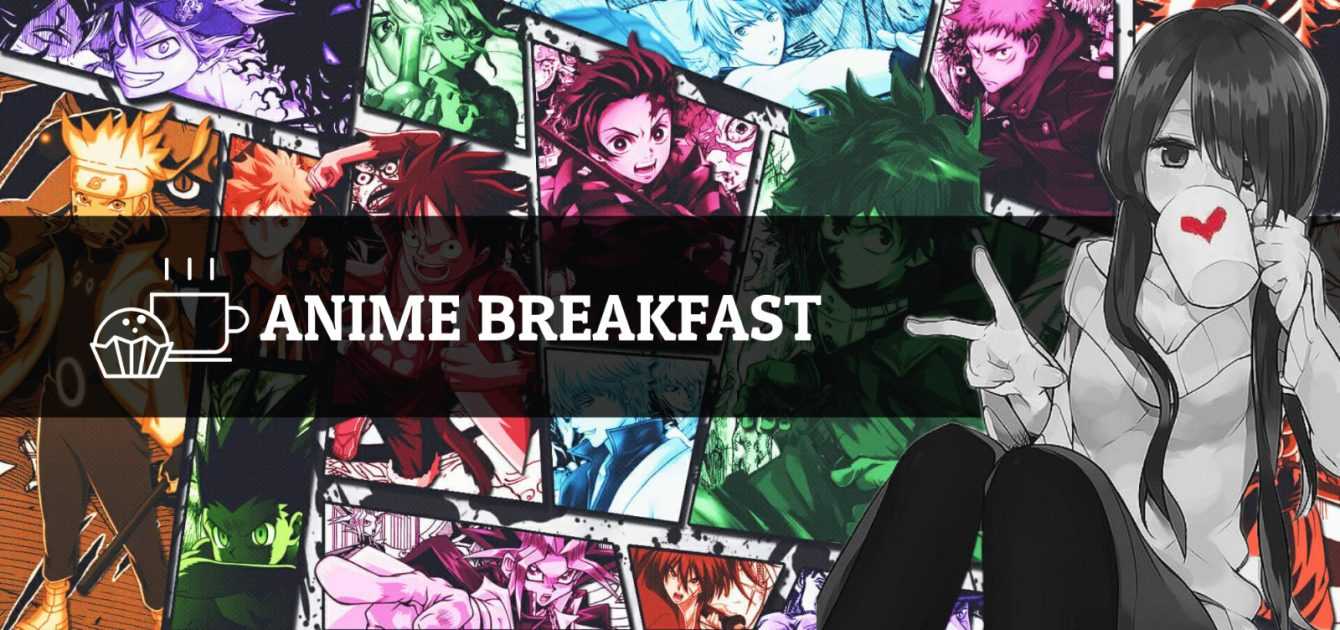
A very quick and stalled episode for Anime Breakfast this week, and perhaps a little encyclopaedic, but let's talk about it: what are the main differences between shonen and seinen?
While the spring simulcasts continue and Kaiju no.8 makes us dream episode after episode (by the way, here you can find our review of the first episode!), Anime Breakfast becomes smaller this week and returns to another Fast episode! We dedicated the last one to a micro-review of Yami Shibai, you can find it here, this time we would like to be a little more encyclopedic and perhaps deal with a topic so overused that it has now become obvious. However, given that not everyone is born an expert and that perhaps a refresher is good for everyone, let's ask ourselves again: What are the main differences between shonen and seinen? Let's find out!
First of all, let's start from the assumption that these are not genres, but rather categories that differ, mainly, in terms of the target audience. Specifically, Shonen has a catchment area adolescent boys (12-18 years old, generally) and tells stories that revolve around young protagonists, who deal with stories of personal growth and themes such as friendship, courage, perseverance.
Seinen, on the other hand, has a target audience adult men (18-30 years), therefore, as a rule, more mature. The themes addressed therefore become more complex and realistic and crosses over into politics, the role of society, psychology and philosophy. Protagonists often reflect the average reader, offering flawed and tormented personalities who struggle with the difficulties of adult life.
Let's see together some further characteristics of Shonen:
And what about Seinen?
In short, ultimately, the main differences between Shonen and Seinen fundamentally reflect their target audience, but both remain complementary reading and viewing experiences. Shonen, with its charge of adventure and positivity, captures the imagination of younger people, while Seinen, with its realism and depth, offers food for thought for a more mature audience. Both categories offer valuable stories and memorable characters, enriching the manga panorama with different and exciting genres.
Continue to follow us here on TechGameWorld.com!
Discover the new subscription to Disney+, the streaming home of Disney, Marvel, Pixar, Star Wars, National Geographic and now Star. Subscribe now to only 5.99 euros per month on this page.
There are some services that allow you to share your account best streaming platforms (Netflix, Prime Video, Disney Plus, NOW TV, Paramount Plus, etc.) with other people and two save on subscriptions, let's talk about GamsGo, GoSplit or CooSub. Thanks to GamsGo, GoSplit and CooSub it is possible to purchase, at a negligible pricea subscription shared with other users in easy, fast and safe way.
In the world of mobile gaming, Monopoly GO is a popular game known for being…
In view of the sixth F1 round of the season which will stop in the…
Different motivations but same objectives, score points. So let's find out where to watch Salernitana-AtalantaTelevision…
Let's discover QuiGioco together, a new platform in the great universe of online casinos and…
Amazon Prime Video releases for May 2024: here are the films, shows and TV series…
In this new episode of Anime Breakfast, this time a review, let's find out together…